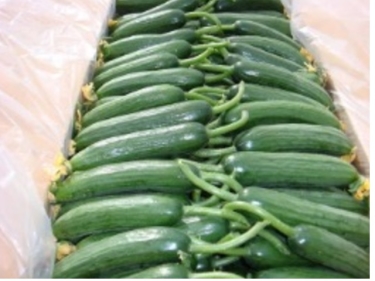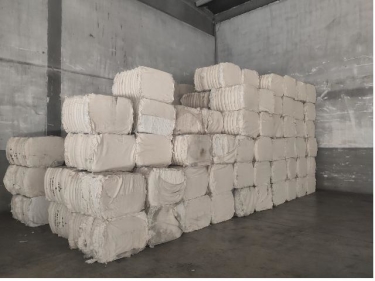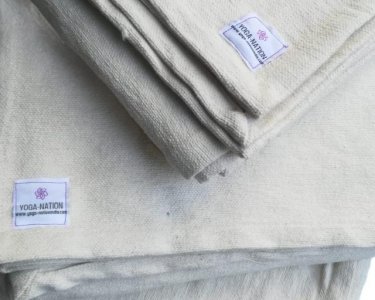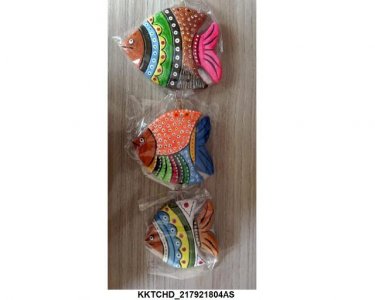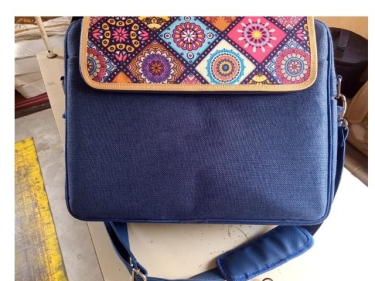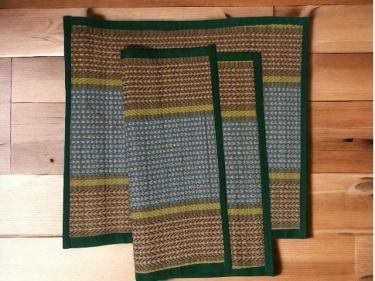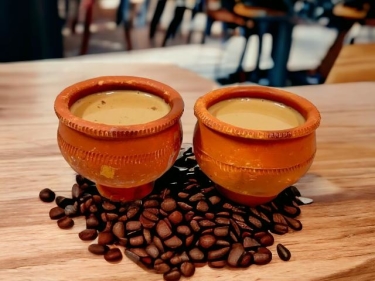Search Results for "saint barthelemy" in "Saint Barthelemy" on Export Portal
Active Filters
-
Keywords:
-
Country:
- Clear all
New Search
Couldn't find the product you want?
Fill out this form to request the product.
Exports

Saint Barthelemy is an overseas collectivity of France in the West Indies. The country was for many years a French commune forming part of Guadeloupe, which is an overseas region and department of France. In 2003, the island voted in favour of secession from Guadeloupe in order to form a separate overseas collectivity of France. The collectivity is one of four territories among the Leeward Islands in the northeastern Caribbean that comprise the French West Indies, along with Saint Martin, Guadeloupe and Martinique.
Agricultural production on the island is difficult given the dry and rocky terrain, but the early settlers managed to produce vegetables, cotton, pineapples, salt, bananas and also fishing. Sweet potato is also grown in patches. Today, the country produces fruits for the international export. Some of them are: bananas, papaya, pineapples, mangoes, watermelons, cantaloupes, passion-fruit, breadfruit, coconuts, avocados, and citrus (including mandarin oranges, grapefruit, lemons and limes).
The ocean is the first and the most important source of living for the country, bringing the hugest income. The water is full of anemones, urchins, sea cucumbers, and eels, which all live on the reefs along with turtles, conch and many varieties of marine fishes. The marine aquafauna is rich in conch, which has pearly-pink shells. Its meat is a favorite food supplement for export. Other species of fish which are recorded close to the shore line in shallow waters are: sergeant majors, the blue chromis, brown chromis, surgeon fish, blue tangs and trumpet fish.
The top export partners of Saint Barthelemy are Anguilla, Venezuela, Colombia, Guyana, Nicaragua, Guatemala, Mexico and the United States of America.
Customs requirements of Saint Barthelemy
European Commission for Trade
Website: http://ec.europa.eu
Phone: + 800 6789 1011
Address: Information, Communication and Civil Society unit - Trade A3, European Commission , B-1049 Brussels, Belgium
Saint-Barthelemy is a French Overseas Country and Territory located approximately 250 km east of Puerto Rico and the nearer Virgin Islands. St. Barthelemy lies immediately southeast of the islands of Sint Maarten and Anguilla. It is one of the Renaissance Islands. The volcanic island is fully encircled by shallow reefs, has an area of 25 km2 and a population of 9 035. Its capital is Gustavia, which also contains the main harbour to the island. It is the only Caribbean island which was a Swedish colony for any significant length of time. The island is a popular tourist destination during the winter holiday season. European Council is one, responsible for Customs Regulations in the country.
Documentation
1. Trade License
2. Commercial Invoice: Pro-forma invoices are provided in most cases. No special invoice form is necessary. The commercial or pro-forma invoice should: be on the supplier’s letterhead; fully describe the goods in French; indicate the HS code when available; indicate the value of the goods; indicate the currency for payment; indicate the address of the buyer.
3. Import Commitment: is the authorization provided by the exchange office for transfer of foreign currencies from Saint Barthelemy to foreign suppliers abroad.
4. Customs Declaration: is provided by the customs office and is required for import and export through a port or airport. For shipments by mail, a simple form filled out at the post office replaces the “declaration de douane.”
5. Technical Documentation
6. Bill of Landing/Airbill
7. Veterinary Certificate (for importing animals and birds)
Labeling
Mandatory Marks & Labels:
- Textiles;
- Cosmetics;
- Dangerous Substances;
- Explosive Atmosphere;
- Electrical & Electronic Equipment;
- Household Appliances;
- Pricing;
- Footwear;
- Units of Measurement;
- Automotive;
- Tire labeling;
- Maritime;
- Materials in Contact with Food;
- Noise Emissions;
- Wood packaging;
- Energy Efficiency;
- Recycling - Separate Collection.
Voluntary Marks and Labels :
- Cup/Fork Symbol (material in contact with food);
- Eco-Label;
- Green Dot;
- Energy Star;
- ‘e’ Mark;
- Recycling Marks.
The labeling have to contain the following information:
- product name (generic and trade);
- type of product;
- dates of manufacture;
- expiry dates;
- methods of preservation;
- ingredients in descending order of composition;
- weights or quantities;
- manufacturer's name;
- importer's name, address and phone number;
- places where the product can be returned or exchanged;
- dangerous substances (the name, the provenance, the danger symbol has to be indicated);
- particular precautions for use;
- the batch number or product reference, for identification;
- the product’s function.
Sources
http://www.usda-eu.org/trade-with-the-eu/eu-import-rules/eu-labeling-requirements/ https://ec.europa.eu/growth/sectors/fashion/textiles-clothing/legislation_en https://ec.europa.eu/food/safety/labelling_nutrition/labelling_legislation_en



